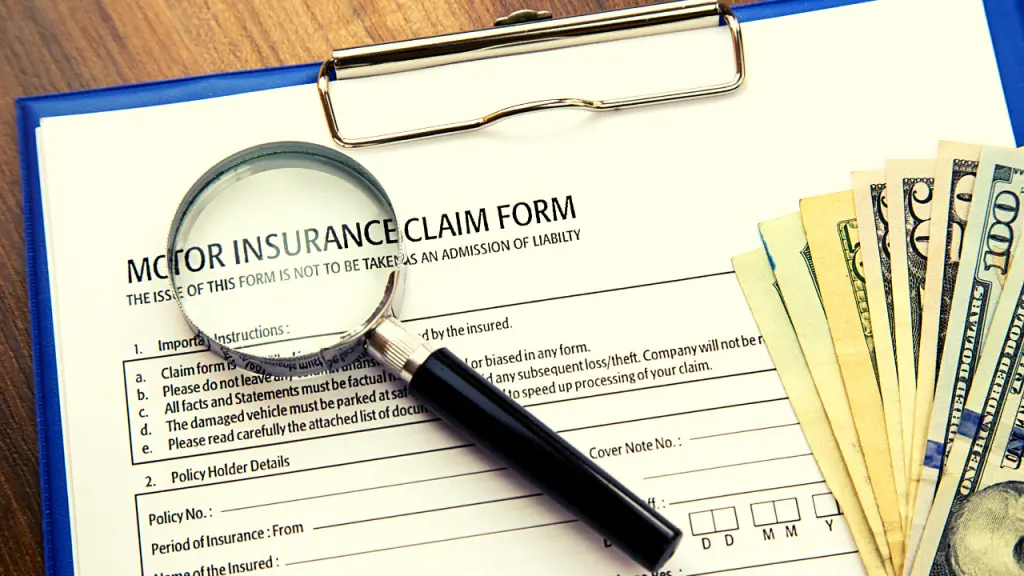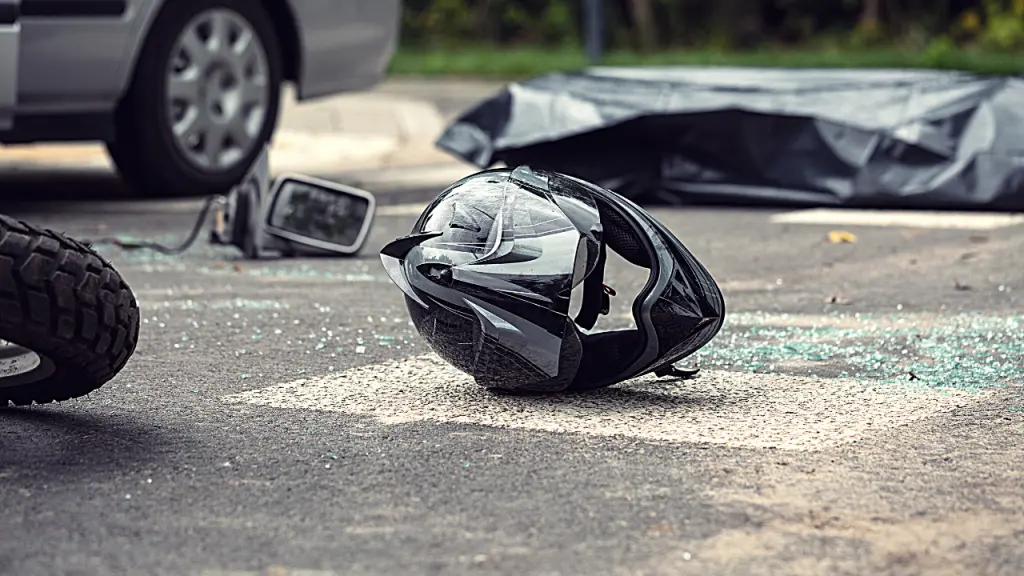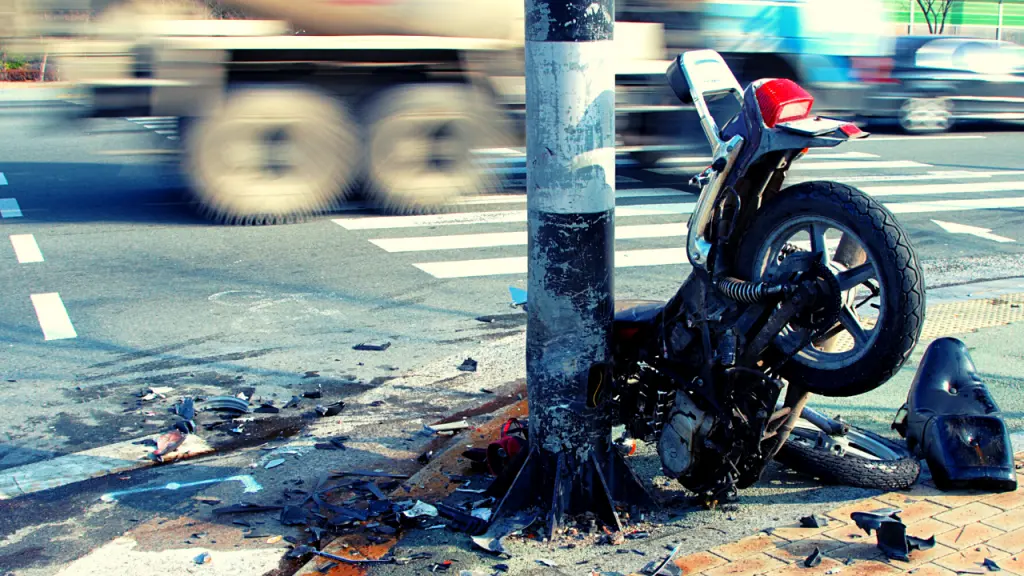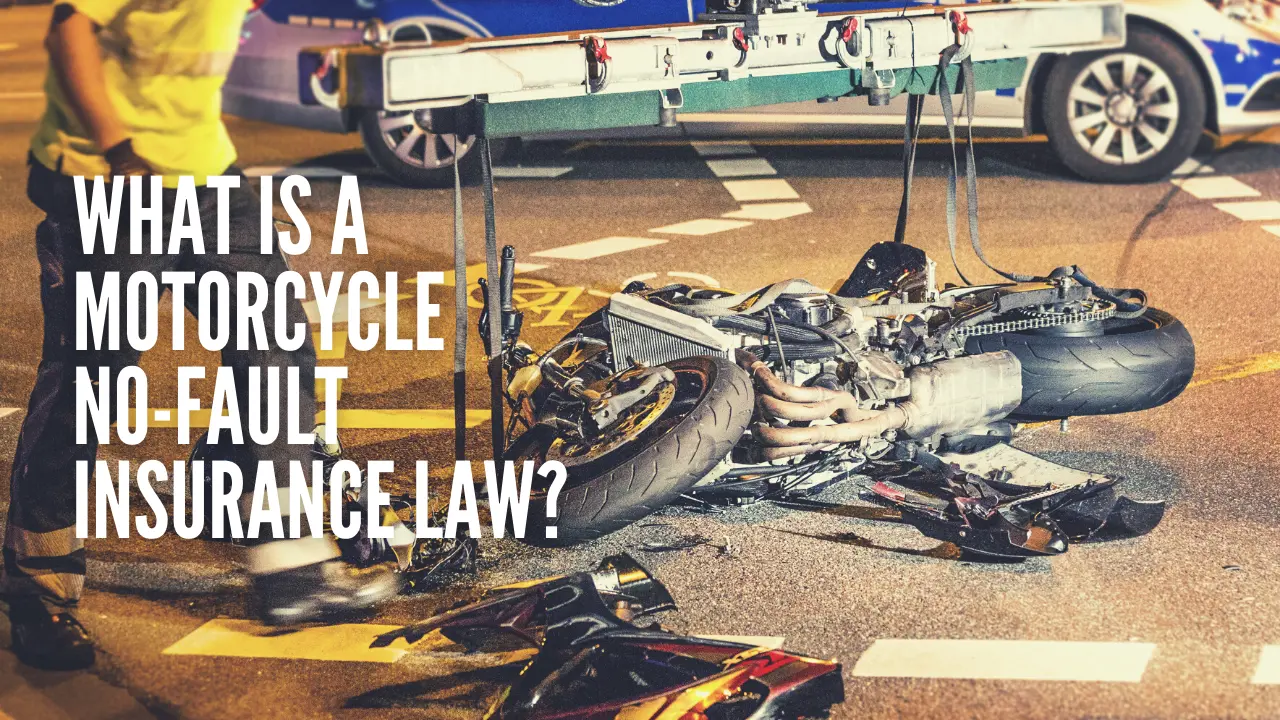Determining fault in a motorcycle accident is crucial because this is how a victim will know who to hold accountable for the injuries sustained and damages incurred.
In most cases, especially in collisions involving another vehicle, the other driver is usually at fault. However, there are also cases where the motorcycle rider is entirely to blame, or both the rider and the other driver share equal responsibility for the accident. Several liable parties may also cause some accidents.
Regardless of who is at fault, there is no denying that motorcycle accidents are costly, so getting fair compensation for the accident will undoubtedly be of great help to a victim’s recovery.
What are motorcycle no-fault insurance laws?

Motorcycle no-fault insurance laws state that fault is not a primary factor in filing an insurance claim. This means that the damages to your motorcycle and the injuries you sustained will be paid for by your insurance carrier regardless of who is at fault.
So if you got rear-ended by another vehicle while waiting at a stoplight, it is still the responsibility of your insurance carrier to pay for the damages even if it was another party’s fault.
This is contrary to at-fault insurance laws wherein fault is the primary factor in filing an insurance claim. In states with at-fault insurance laws, the insurance carrier of the at-fault party is the one responsible for paying the damages.
Not all states have no-fault insurance laws, but sometimes motorcycles are not covered in places that do implement them. However, in conditions that include motorcycles in their no-fault insurance laws, the rules for car owners apply to motorcycle riders as well, and the process of filing claims is pretty much the same.
You must purchase personal injury protection (PIP) insurance in no-fault states, but the exact amount of coverage varies for each state. This is contrary to states with at-fault laws where the driver’s insurance coverage covers you.
If you have PIP insurance, it will be used to pay for hospitalization costs and other accident-related expenses as long as it is within the limit of the specified amount.
Additionally, you can only sue the liable party if the severity or cost of their injuries meets the verbal or monetary threshold in their state. A verbal point is a state-defined description of the seriousness of injuries sustained in an accident. At the same time, an economic threshold is the limit of hospitalization costs and other medical expenses set by each state.
Does PIP insurance cover everything?

No. The PIP coverage only extends to your accident-related medical expenses and not to any damage to your motorcycle or another person’s vehicle. But if the accident is caused by another driver, their insurance policy should pay for property damages.
However, you have the option to add comprehensive and collision coverage to your existing PIP insurance. This is to further protect the motorcycle from damage in case you cause an accident, or if the motorcycle is damaged by natural phenomena and uncontrollable circumstances like hail, flood, or theft.
States with no-fault insurance laws

At the moment, 12 states have no-fault insurance laws in place. These are Florida, Minnesota, Hawaii, New Jersey, Kansas, New York, Kentucky, North Dakota, Massachusetts, Pennsylvania, Michigan, and Utah. Although not a state, Puerto Rico is also a no-fault place.
While these 12 are all no-fault states, each of them has their own set of laws and requirements as far as insurance coverage for motorcycle accidents are concerned. The rest of the states that are not mentioned are at-fault states which require the at-fault driver’s insurance provider to cover any accident-related injuries and expenses.
States that require PIP

Motorcycle riders in no fault-states are required to get PIP insurance, but not every state that requires PIP insurance is a no-fault state. Arkansas, Delaware, Maryland, and Oregon are states that require riders to have PIP coverage as part of their vehicle insurance but they are not no-fault states.
Do all states include motorcycles in their no-fault insurance laws?

Some states do, some states do not. Ideally, no-fault insurance laws should be available to all motorists, passengers, and pedestrians who get involved in vehicular accidents. However, in some no-fault states, motorcycles are expressly excluded from the insurance coverage requirements of their respective no-fault insurance laws.
So if you are injured in a motorcycle accident in a no-fault state with laws that exclude motorcycles and you were either driving the motorcycle or riding as a passenger at the time of the accident, you will not be eligible for no-fault insurance coverage.
Regardless of the severity of the injuries sustained and the cost of damages incurred, you will have to find another way to pay off medical expenses and get compensated for any lost wages as a result of being too severely injured to work.
Some exceptions to the rule

However, if you are a pedestrian, a passenger, or a driver of another vehicle in a motorcycle accident, the no-fault insurance coverage will extend to you.
Suppose a pedestrian was injured due to the recklessness of a motorcycle rider. In that case, they will be entitled to obtain no-fault insurance coverage directly from the motorcycle rider’s insurance carrier.
This will also be the case if the injured pedestrian has an existing insurance policy and the at-fault motorcycle rider either does not carry no-fault insurance at all, or the pedestrian victim happens to have an additional no-fault insurance coverage beyond the amount provided by the at-fault rider’s insurance policy.
For injured victims who are either driving or riding as passengers in another vehicle, they will be able to obtain no-fault insurance coverage from the insurance carrier that insures the vehicle on which they were traveling at the time of the accident.
Why identifying fault is important

Regardless of whether the victim is a pedestrian, a passenger, a motorcycle rider, or a driver, anyone who gets seriously injured from a motorcycle accident must identify whose fault it is, especially in instances where the victim decides to take legal action after the accident.
Identifying the responsible party is also essential when pursuing financial compensation for the injuries sustained and damages incurred from the accident. A jury or any other relevant party must first determine who is at fault to obtain the monetary prize. This also means that there might be more than one party responsible for the accident.
In some states where the jury decides whose fault the accident is and involves several potentially liable parties, the jury determines the percentage of each party’s fault. It multiplies it by the number of damages the victim has suffered.
However, in comparative fault cases, any degree of the victim’s negligence will significantly decrease the number of damages they may receive. So if you are a motorcycle accident victim and the jury finds out that you are 10% at fault for the accident, the amount of damages you will receive is reduced by 10%.
But in cases where the jury finds the victim to be more than 50% at fault, any other liable party involved in the accident will no longer be responsible for any financial compensation.
Proving negligence in a motorcycle accident

To prevail in a personal injury claim, you have to prove that the other party was negligent at the accident. To create a solid and valid claim, you must present evidence with the following elements:
- Duty of care
This refers to the at-fault party’s legal obligation to drive safely. In identifying whether the duty of care was being exercised or not at the time of the accident, the at-fault party’s conduct is compared to that of a reasonable person.
- Breach of duty
The evidence you present to support your personal injury claim must show that the at-fault party breached his or her legal duty to act carefully by speeding, failing to obey traffic rules, or by doing any proven act of being irresponsible on the road.
- Causation
Your proof should also show that the at-fault party’s reckless actions caused the accident that resulted in bodily injuries.
- Damages
Lastly, you must also be able to prove that damages have been incurred as a result of the accident by showing medical bills, proof of income before the accident, or any other relevant document.





